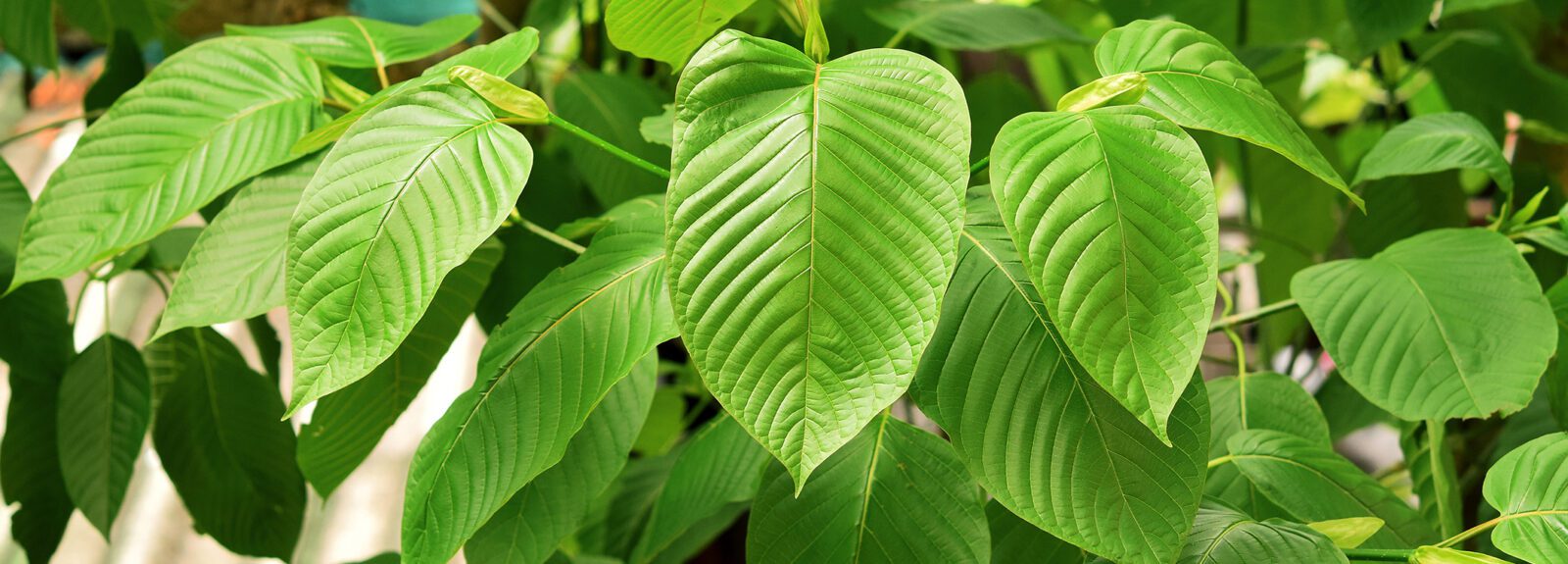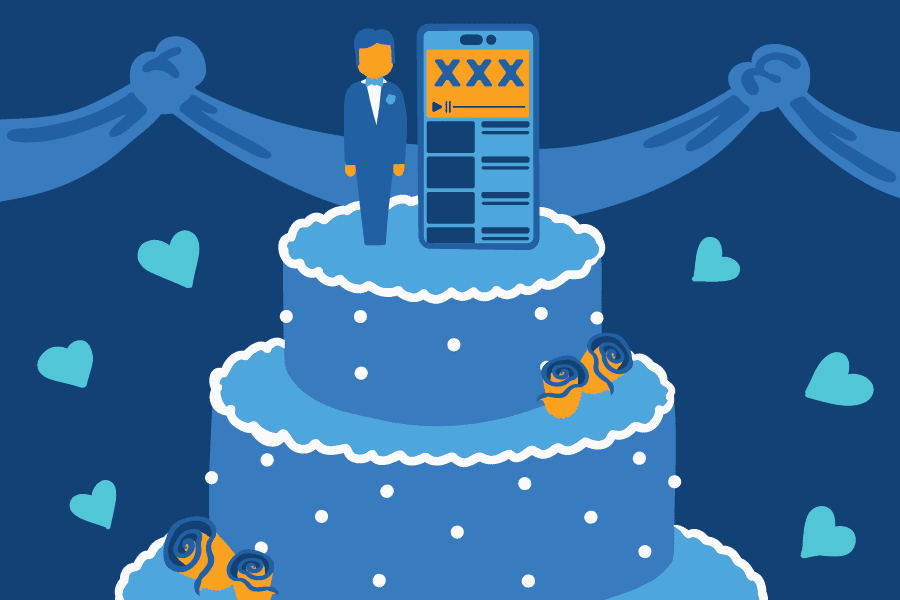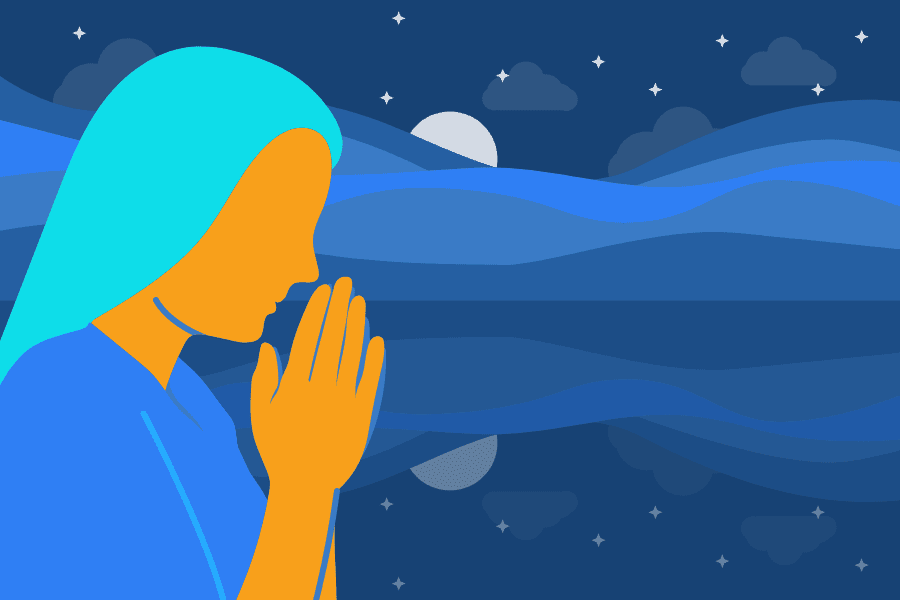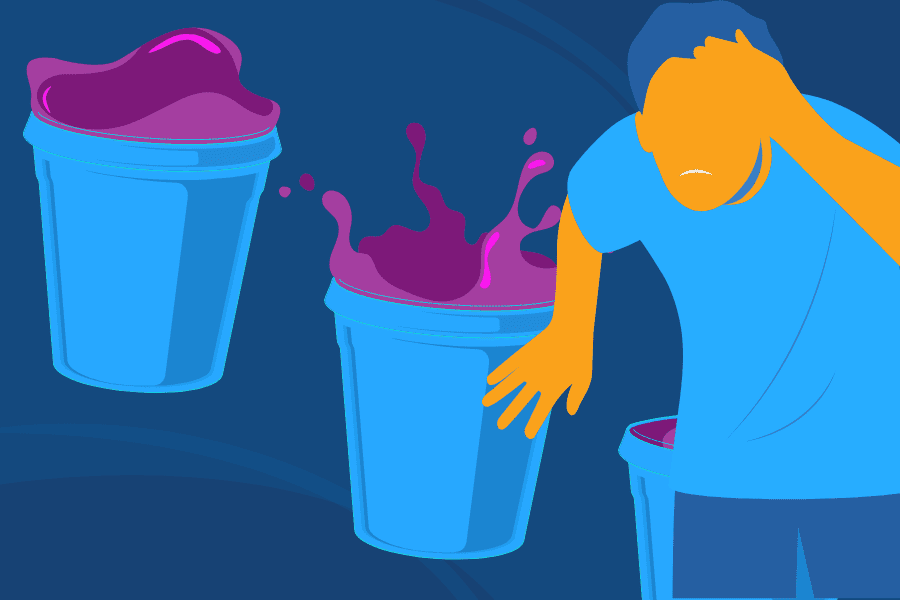On Aug. 30, 2016, The U.S. Drug Enforcement Agency announced its intention to make the active compounds in kratom—a plant from southeast Asia that has chemical properties similar to opioids—a Schedule I illegal substance. Of all the categories a drug can be placed in, Schedule I drugs are supposed to have the highest potential for abuse, and no medical use.
What Is Kratom?
Kratom has been used for centuries in southeast Asia. There, it is often treated like coffee is treated in the west, especially by laborers who chew the leaf or make a tea. At low doses, Kratom has a mild stimulant effect. At higher doses, the plant produces a sedative effect.
Kratom has risen in popularity in the U.S. in recent years and has particularly gained interest for its reported ability to ease opioid and alcohol withdrawal, as well as treat pain. However, its current unregulated status means that many people buy it over the internet in packages labeled “not for human consumption,” making it difficult to guarantee purity or safety. In the U.S., it is often bought in powdered form and made into a tea or in a liquid concentrate.
Low Risk of Respiratory Depression
The active compound in kratom is mitragynine, which binds to opioid receptors in the brain. However, Kratom does not produce the same level of euphoric high as many opioids such as heroin, and has a very low risk of respiratory depression—the property of many opioids that causes overdoses to be fatal. The DEA reports that in the last 5 years, 15 people have died of Kratom-related deaths, and that poison control centers have received 660 kratom-related calls. However, of the 15 people who died, it appears that 14 of the deaths also involved other substances.
Opposition to the Proposed Ban
The DEA’s call to ban kratom and put it in the same class of drugs as heroin and LSD provoked an outcry among kratom advocates, many of whom uploaded videos to YouTube of themselves talking about why they use kratom. Scientists at Columbia University and Memorial Sloan-Kettering Cancer Center have also spoken out against the proposed ban, saying that there is promising research on the medical uses of kratom that the scheduling of the drug would interfere with. Politicians on both sides of the aisle have also weighed in on the debate, writing a letter to the DEA requesting a delay on the emergency ban so that stakeholders have an opportunity to weigh in on the matter.
Critics Say Scheduling Decisions Are Influenced by the Pharmaceutical Industry
While the DEA plays an important role in protecting Americans from unsafe and poorly regulated chemicals coming from overseas, critics worry that scheduling decisions are overly influenced by the pharmaceutical industry, and seem to have more to do with the ability of corporations to make money on a substance than with the substance’s actual potential to be dependency-forming or have a medical use.
For example, marijuana is currently a Schedule I drug, despite a very low fatality rate, and ample evidence that it may have medical uses. In contrast, the powerful opioid fentanyl, which is responsible for thousands of overdose deaths in 2015 alone, is Schedule II, and the benzodiazepine Xanax is Schedule IV, meaning “a low risk of abuse and dependence.” However, Xanax is routinely celebrated as a drug of abuse in pop culture (often referred to as “bars” or “zans”) and is so dependence-forming that without proper medical supervision, withdrawal can be deadly.
Help Is Available
None of this is to say that kratom is necessarily harmless. Many people come to kratom after long struggles with addiction. Kratom also can be a drug of choice among people submitting to routine drug testing who are looking for substances that may not be included in the panel of substances being tested for. While kratom may help ease withdrawals, it is important for those struggling with opioid and alcohol abuse and dependence to address the underlying causes of their addiction. Help is available. Recovery is possible.
Learn more about Sandstone Care’s treatment program for prescription drug abuse and heroin abuse.






